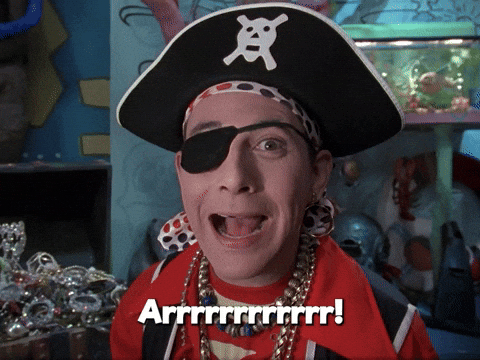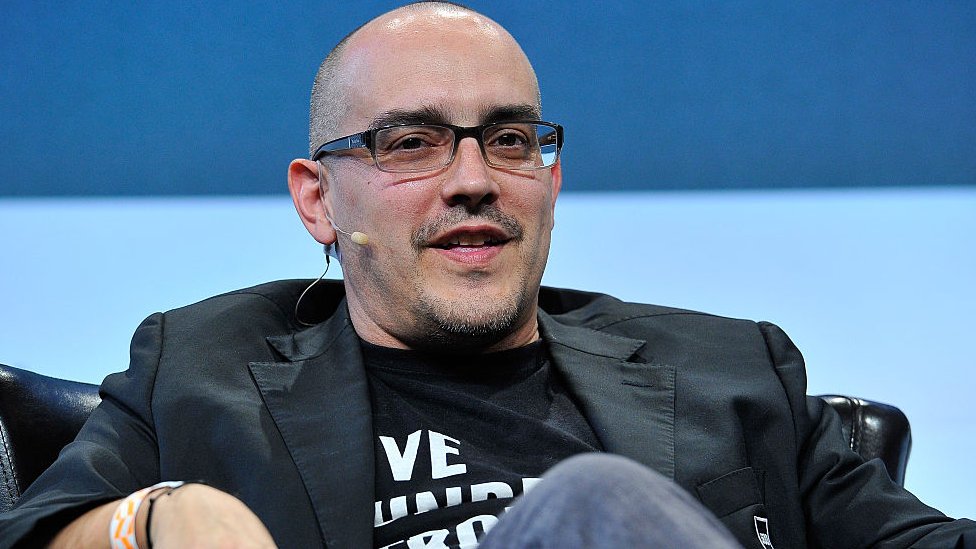Most startups have the same problem.
Even if the product is good — tested, working, even loved by early users — they don’t really know what to do next.

So they try things.
A blog post here, some ads there.
A newsletter. A landing page.
Maybe a referral program if someone remembers.
Some stuff works.
Most… doesn’t.
And no one really knows why.
The truth?
They’re not bad at marketing. They’re just missing a structure.
A model. A framework. Something to help them think clearly about growth, and where to focus.
That’s where the AARRR framework comes in.

What is AARRR? (Yes, it sounds like a pirate, and yes, it’s on purpose)
AARRR is a simple but powerful framework to think about growth.
It was created by Dave McClure, one of the OG startup investors from 500 Startups.

He didn’t come with a sword and an eye patch — but he gave us something better:
A way to stop guessing and start growing.
AARRR stands for:
- Acquisition – how people find you
- Activation – how they try you and say “hm, not bad!”
- Retention – how you keep them coming back
- Referral – how they bring others
- Revenue – how you make money
These five steps are what almost every digital product goes through.
If one of them is broken, your growth gets stuck. If they all work? You sail smoothly.
Why the pirate name? No deep reason, really. It just sticks in your brain.
And honestly, that’s already a big win in marketing.
Think of AARRR like a funnel: People enter at the top (Acquisition), and if your funnel is good, they come out the bottom (Revenue)… ideally pulling their friends in with them (Referral).
It’s not magic. It’s just structured thinking.
Let’s see AARRR in action
Time to make it concrete.
Let’s say we have a fictive startup called MunchDrop.

What do they do?
They help companies order fresh local lunches for their employees — with zero hassle.
The boss sets the budget, employees choose what they want, food arrives at the office once a week. Simple. Tasty. Everyone’s happy.
The product works.
The first companies love it.
Now the team behind MunchDrop wants to grow.
They could try random tactics and hope for the best…
Or they could follow a structure — like the AARRR framework.
Let’s walk through how it would look, step by step:
Acquisition – How do people find MunchDrop?
At first, nobody knows them… and they don’t have an extensive budget as well…
So they start simple:
- They launch LinkedIn Ads targeting HR managers and office admins in Oslo.
- They write a blog post titled “Why team lunch is the new team-building”.
- They also get listed on a popular Norwegian HR tools directory.
Nothing too fancy. But enough to bring the right people in.
Note: it’s often good to launch your acquisition efforts once all the other steps of the framework have been improved (to make sure the people that reach you are well taken care of).
Goal: Get attention from people who could love the product.
Activation – Do people get a nice first experience?
Once a company signs up, MunchDrop sends a quick onboarding message:
“Your first lunch is coming next Wednesday. You don’t need to do anything. Just eat.”
Employees get a survey to pick their preferred cuisine (sushi wins, of course).
The food arrives, on time, with a handwritten note: “This lunch is on your company. Enjoy!”
Slack explodes. People post photos. One guy says it’s the best day of his life (okay maybe he exaggerates). But HR is happy — and so is the team.
Goal: Deliver one little moment of delight. Enough for them to say: “This is cool.”
Retention – Do they come back?
The next day, MunchDrop sends a short message:
“Want to make it a weekly thing? One click. Same budget.”
They also give a dashboard with feedback from employees (“More vegetarian options please”) and stats like “89% of your team said this made their day better.”
HR books again. Then again. Then… every week.
Goal: Make repeat use a no-brainer.
Referral – Do they tell others?
After the third lunch, the HR manager gets a surprise:
A little gift box with chocolates and a postcard: “Know another company who loves food? Give them a free lunch.”
They share it on LinkedIn.
Two HR friends comment “Where do I sign?”
Boom — two new sign-ups.
Goal: Make it fun and easy to share. And give people a reason.
Revenue – Do they pay?
After the free trial, MunchDrop offers 3 plans:
- Basic: 1 lunch/month
- Team Treat: 2 lunches/month
- Foodie Office: Every week + feedback dashboard
Most companies start with Team Treat.
But after a few months, 60% upgrade to Foodie Office — because the team loves it, and HR looks like a hero.
Goal: Let people pay when they already feel the value.
And voilà.
MunchDrop didn’t need growth hacks.
They just followed a path: AARRR.
Now you’ve seen the framework in action.
Next step: use it on your own product, because…

Or hey, at least write it on a sticky note and stick it to your forehead. That’s a start.

Comments